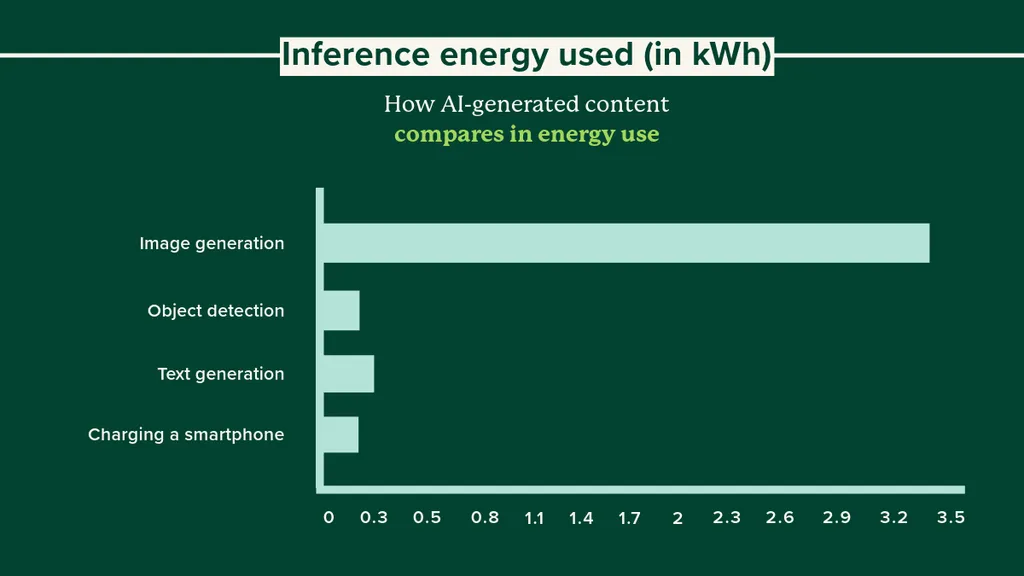In the heart of Ohio, researchers are unlocking new ways to measure the invisible dance of water and energy between the Earth and the atmosphere. Srishti Gaur, a scientist at the Ohio State University’s Department of Food, Agricultural and Biological Engineering, has been leading a team that’s harnessing the power of machine learning and proximal remote sensing to estimate latent energy flux—essentially, the energy used in the process of evaporation and transpiration from plants. Their findings, published in the journal *Agricultural Water Management* (which translates to *Water Management in Agriculture*), could have significant implications for the energy sector and agricultural management.
Latent energy flux is a critical component of the Earth’s surface energy balance, influencing weather patterns and climate. Traditionally, measuring this flux has been a complex process, often relying on eddy covariance towers or other sophisticated equipment. However, these methods can be expensive and logistically challenging to deploy at scale. Gaur and her team have been exploring an alternative approach using machine learning models and data from proximal remote sensing—a technique that uses sensors close to the Earth’s surface to gather detailed information about vegetation and environmental conditions.
“We wanted to see if we could use machine learning to make sense of all this data and predict latent energy flux accurately,” Gaur explained. “The idea was to find a balance between model complexity and performance, ensuring that our models were robust and could be applied across different growing seasons and conditions.”
The team’s research demonstrated that machine learning models could indeed capture a significant portion of the variability in latent energy flux. By combining a few key environmental predictors with proximal sensing variables, they achieved remarkable accuracy. “A model using just three predictors—one meteorological and two proximal remote sensing variables—captured 81% of the variability in latent energy flux,” Gaur said. “This offers a great trade-off between performance and simplicity.”
The implications of this research are far-reaching. For the energy sector, accurate estimates of latent energy flux can improve weather forecasting and climate modeling, which are crucial for renewable energy planning and management. For agriculture, these insights can help optimize water use and improve crop management, ultimately enhancing productivity and sustainability.
“This research shows that we don’t always need complex and expensive equipment to get valuable insights,” Gaur noted. “By leveraging machine learning and proximal remote sensing, we can make significant strides in understanding and managing land-atmosphere interactions.”
As the world grapples with climate change and the need for sustainable energy solutions, innovations like these are more important than ever. Gaur’s work not only advances our scientific understanding but also paves the way for practical applications that can benefit both the energy sector and agricultural practices. The future of energy and water management may well lie in the data we can gather from the ground up, thanks to the power of machine learning and remote sensing.

